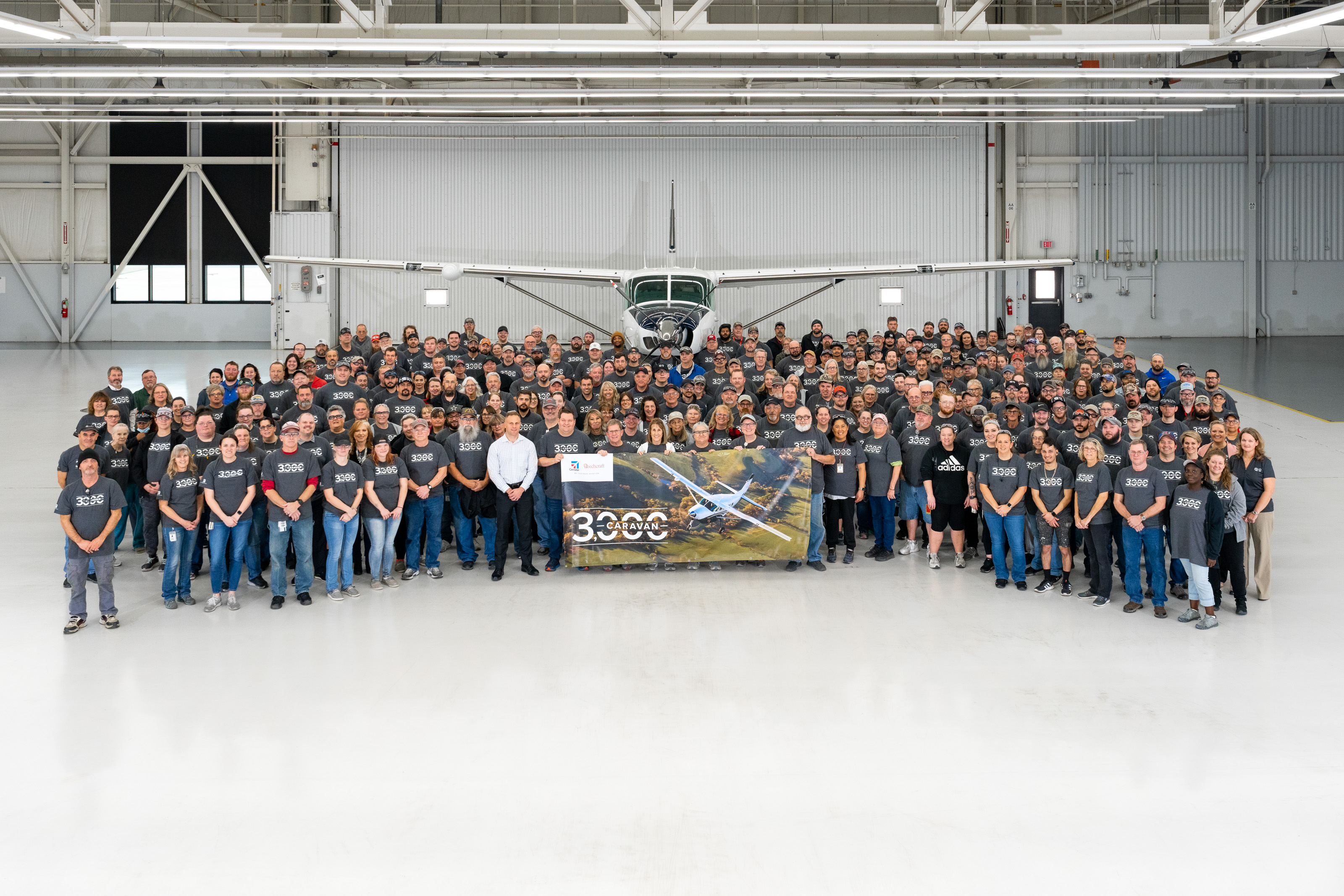Review - Cessna Caravan Fuel Condition Lever
By Chris Rosenfelt
A question that I receive fairly often is concerning the Fuel Condition Lever in the Cessna Caravan. People mainly want to know when they should use the Low Idle and High Idle positions.
Before I get into specifics, let's start with the basics. The Fuel Condition Lever is connected to the Fuel Control Unit (FCU). The Fuel Condition Lever has 3 positions: Idle Cutoff, Low Idle and High Idle positions.
The Cutoff position cuts off all fuel to the engine fuel nozzles. The Low Idle position provides an RPM of 52% Ng. The High Idle position provides an RPM of 65% Ng. Low Idle is also known as Ground Idle and High Idle is also known as Flight Idle.
Unfortunately there are some Caravan operators that are training their pilots to never put the Fuel Condition Lever into High Idle and that, "it is not necessary to use". This is absolutely incorrect information. The Before Takeoff and Before Landing checklists state to put the Fuel Condition Lever into the High Idle position.
The reason that we have heard that some Caravan owners tell pilots to always leave it in Low Idle is to save on fuel and because (they say) that they are concerned that the pilot will forget to move the condition lever to Low Idle after landing, causing a faster taxi that might lead to them plowing into something or somebody on the ramp. We have also heard that they want to reduce brake wear during ground ops.
We at Caravan Nation recommend that you follow the AFM/POH guidelines and checklists which state to only use Low Idle on the ground or on the rare occasion that you have to do an Air Start.
High Idle allows for a faster throttle response, which you would want in a go around situation. As stated in the Cessna 208B Caravan Information Manual, "The higher gas generator idle speed for flight provides faster engine acceleration when adding power (from an idle condition) on approach or for a balked landing go-around."
If you are ever in doubt about when to use High or Low Idle, please consult the Caravan AFM.
For more information about the mighty Caravan, please visit CaravanNation.com










